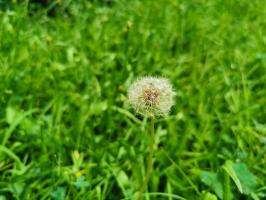How to Clone a Philodendron Plant in Water
Philodendrons are a popular houseplant due to their lush foliage and easy care. If you want to propagate your philodendron, there are several ways to do so. One of the easiest methods is to clone the plant in water. This article will guide you through the steps to propagate your philodendron successfully.
Step 1: Gather Your Materials
The first step to cloning your philodendron plant is to gather all the necessary materials. Here's what you'll need:
A healthy philodendron plant
Clean, sharp scissors
A glass or vase filled with water
Make sure your scissors are clean and sharp to avoid damaging the plant's stem.
Step 2: Cut the Stem
Using your scissors, cut a stem from your philodendron plant, ensuring that it has at least two leaves attached. It's important to make a clean cut, so avoid tearing the stem. Cut just below a node, which is the point where a leaf emerges from the stem.
Step 3: Remove Lower Leaves
Remove any leaves from the bottom of the stem, leaving at least one or two leaves at the top. This will help prevent the stem from developing rot when placed in water.
Step 4: Place the Stem in Water
Place the stem in a glass or vase filled with water, making sure that the bottom of the stem is submerged in the water. You can use tap water, but it's best to let it sit out for a few hours to allow any chlorine to evaporate.
Make sure to change the water every few days to keep it fresh and oxygenated. You should also check for any signs of rot or fungus and remove the affected leaves or stem immediately.
Step 5: Wait for Roots to Develop
Place the glass or vase in a warm, bright spot, avoiding direct sunlight. In a few weeks, you should start to see roots developing on the stem. Once the roots are at least an inch long, your new philodendron plant is ready to be potted.
Step 6: Transfer to Soil
Carefully remove the stem from the water and plant it in a pot filled with well-draining soil. Water thoroughly and place in a bright spot, avoiding direct sunlight.
It's important to keep the soil evenly moist but not waterlogged to avoid root rot. After a few weeks, you should start to see new growth on your newly propagated philodendron plant.
In Conclusion
Cloning a philodendron plant in water is a simple and cost-effective way to propagate your plant. With the right materials and care, you can enjoy a thriving philodendron collection in no time.

 how many times do yo...
how many times do yo... how many planted tre...
how many planted tre... how many pine trees ...
how many pine trees ... how many pecan trees...
how many pecan trees... how many plants comp...
how many plants comp... how many plants can ...
how many plants can ... how many plants and ...
how many plants and ... how many pepper plan...
how many pepper plan...
































